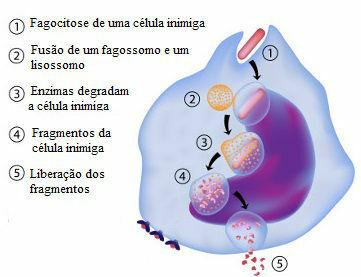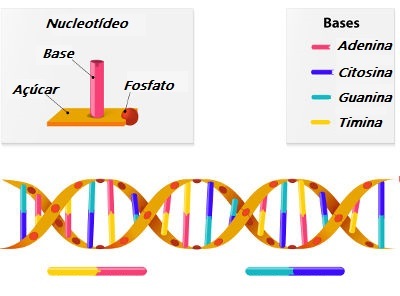Throughout its development, the Renaissance movement broke the boundaries of Italian cities to manifest itself in other large urban centers of Modern Europe. In the Netherlands and Flanders region, we can observe the consolidation of a rich mercantile bourgeoisie that invested large amounts in the financing of various local artists. In many cases, Flemish artists painted portraits, everyday scenes or religious themes.
In this context, the brothers Van Eyck and Pieter Brueghel had their paintings marked by the representation of popular festivals and common men in society at that time. Another great painter in this same context was Hieronymus Bosch, responsible for a work that became unique by the construction of fantastic and dreamlike scenes, which, to some extent, anticipated the surrealists of the century XX.
In the Holy Germanic Empire, we can note that the Renaissance – compared to other European countries – was a late experience. Albrecht Dürer (1471 – 1528) was one of the most important names among the German Renaissance, being well known for his engravings made in wood and metal. Hans Holbein (1497 – 1543) stood out in the conception of portraits, and Lucas Cranach the Elder (1472 – 1553) had his name linked to paintings with a religious theme.
In French territory, François Rabelais (1483 – 1553) marked his name in literature when building narratives where he explored grotesque images and carnival-like situations to think about the society of your time. “Gargantua and Pantagruel” was his great work, in which we observed the exploration of all these elements that marked his writing. In philosophy, Montaigne (1533 – 1592) exposes the issue of balance between man and the universe in “Essays”, the most important of his works.
After the various conflicts of external and internal order, England only came to establish its place in Renaissance art in the 16th century. Thomas Morus (1478 – 1535) stood out for formulating a perfect, tolerant society based on rational principles in his work, “Utopia”. Another prominent name in English literature of this period was William Shakespeare (1564-1616), who wrote several plays famous for their characters of rich depth psychological.
In the Iberian Peninsula, the painter Domenico Theotokopoulos, better known as El Greco (1541 – 1614), distinguished his work by exploring lines marked by explosion and nervousness. In literature, the Spaniard Miguel de Cervantes revolutionized literature with the creation of the novel “Don Quixote”. In Portugal, we can highlight the plays by Gil Vicente (1465 – 1614) and Luís Vaz de Camões (1525 – 1580), with the creation of their classic epic “Os Lusíadas”.
By Rainer Sousa
Graduated in History
Brazil School Team
Modern age - General history - Brazil School
Source: Brazil School - https://brasilescola.uol.com.br/historiag/o-renascimento-fora-italia.htm


